My SEO title isn’t showing as I have entered it
If you’ve crafted SEO titles for your blog posts, pages, or shop pages, you may be surprised if they aren’t showing properly in Google. There are also times when you set up a template for your titles, only to see them altered in search results. You may notice things like double titles or your branding showing up twice. The title just doesn’t match what you’ve entered into the settings. Let’s go through all the problems you can run into on this front and tackle them one by one.
NOTE: If you need help with meta descriptions, use this guide: Google shows wrong meta description for my site.
To unlock the full potential of Yoast SEO, you may want to consider upgrading to Yoast SEO Premium! Its advanced text analysis helps you write naturally flowing texts. The internal linking tool and the content filters make your posts easy to find. 404 errors become a thing of the past with the redirect manager. And the social previews give you full control of how your posts appear on social media. Get Yoast SEO Premium!
Table of contents
The source code is wrong
The source code for your site should contain exactly one title meta tag. If the tag is missing or more than one appears, you may not see the preferred title in search engines. Please view the source code for your site to determine if either of these situations apply.
<title>Preferred title goes here</title>If you do not see a title meta tag, please follow the steps in this article.
Alternatively, if you have more than one title meta tag, please run a conflict check to determine what other feature on your site outputs the duplicate title(s).
Search term manipulation
When you search for a specific search term, Google scans all indexed pages for the exact term or phrase. Google uses the search term to highlight information in search results which is why the meta title may be different from what you entered into the plugin.
To see the title without search term manipulation, use the site: search operator followed immediately by the URL of your site. For instance, a search for all pages on example.com without search term manipulation would be site:example.com.
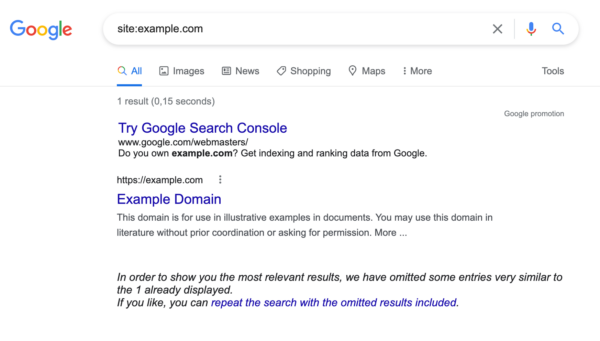
Google cache is outdated
It can take time for search engines to discover and apply the changes you made, depending on a variety of factors. So, if you’ve recently updated your title, it might simply be that Google probably hasn’t seen it yet.
You can go to Google and type in cache: followed immediately by the URL of your site or page to see what Google has cached for your site. If the appeared date is before you made the changes, you’ll have to wait for Google to crawl your site again. Sometimes you can speed up this process with the Inspect any URL tool in Google Search Console.
Google ignored your preferred title
Sometimes, Google just doesn’t like your titles. This could be true for all sorts of reasons and the ways of Google are fickle. We have seen that sometimes it can replace your title with parts of your URL. It’s also known to add the brand to the end of your title, or just completely rewrite it when it feels like it. Ultimately, Google will make the final decision on what comes up in search results. You can learn more in Google’s help doc about titles and descriptions.
However, there is still something you can do. You can try writing better titles. For your posts and pages, try writing one-sentence titles that contain your brand name and your focus keyword. And for your homepage, your title should probably start with your brand name. Start improving your titles right now, with the help of this article that provides advice on crafting good titles for SEO.
If you do change your title, be sure to use the Inspect any URL tool in Google Search Console to update Google’s index with the new change.
Sometimes this same issue can happen with meta descriptions. Learn more about it here: Google shows the wrong meta description for my site.
Title templates
Now that we’ve looked at the possible reasons that Google doesn’t display your title correctly, let’s look at some possible issues with title templates. First, let’s tackle the title templates that are available within Yoast SEO and how they work.
Wrong title for other pages?
Each post or page’s title is automatically created by using template variables but can be overwritten at the post or page level. As the title is available to all plugins and themes, there are times when the Yoast SEO title is overwritten by another plugin or theme feature. If the template and the page-level titles are correct, please check for conflicts.
Theme support
Themes with title-tag support
If your theme is compatible with WordPress 4.1 and newer versions, it should declare theme support for the title-tag and remove all <title> calls from theme files to support dynamic titles.
Does your theme declare title-tag support?
You can manually check your theme by looking for add_theme_support() in the functions.php file:
add_theme_support( 'title-tag' );You may need to contact your theme developer for further assistance if you are not sure if your theme declares title-tag support.
Does your theme still include <title> tags?
It is also possible to check your theme manually by viewing the appropriate header or template files for the <title> meta tag.
If the theme developer declares support for the title-tag, you should find zero <title> meta tags in theme files.
When the theme developer declares support for the title-tagbut included <title> meta tags, these must be removed for the title-tag support to work correctly.
Themes without title-tag support
If your theme does not declare support for the title-tag feature, you have two options: edit your theme files or use the force a rewrite option.
Edit your theme files
Search your theme’s files for the title element. You can typically find this in the header.php file. Change the title element to just this:
<title><?php wp_title(''); ?></title>If you are not sure how to do this you may need to contact your theme developer for further assistance.
Force a rewrite
The first option is to enable “Force rewrite titles” on the SEO > Site basics > Site preferences page. However, this option is only visible for themes that don’t support the title-tag functionality.
- Log in to your WordPress website.
When you’re logged in, you will be in your ‘Dashboard’.
- Click on “Yoast SEO”.
On the left-hand side, you will see a menu. In that menu, click on “Yoast SEO”.
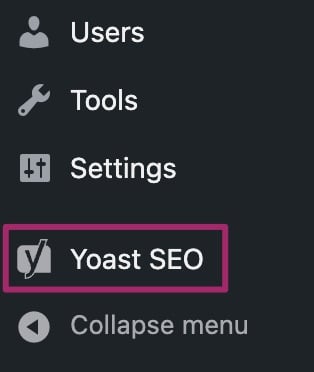
- Click on “Settings”.
The “Yoast SEO” settings will expand providing you with additional options. Click on “Settings”.
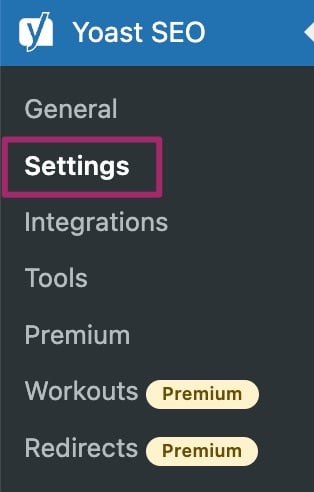
- Click on “Site basics”.
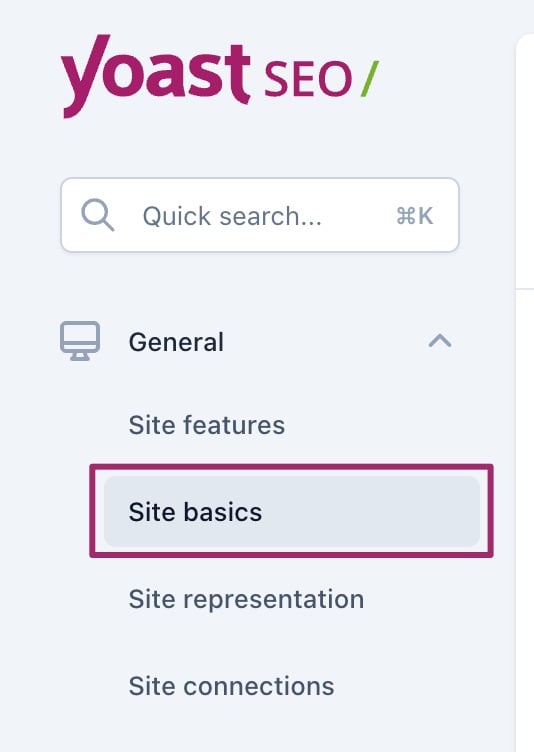
- Toggle the “Force rewrite titles” switch enabled.
This is discussed in detail here.
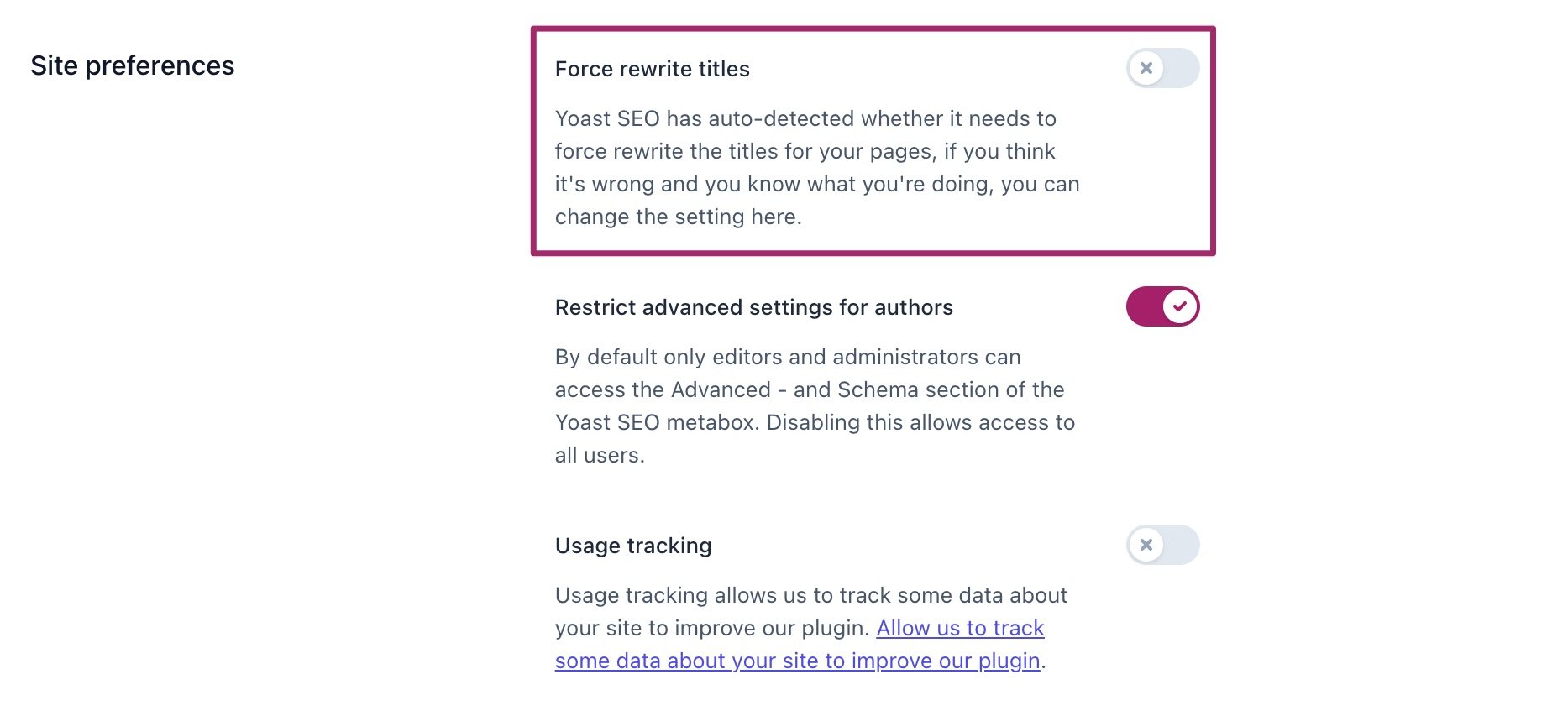
- Click “Save changes”.

